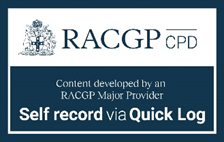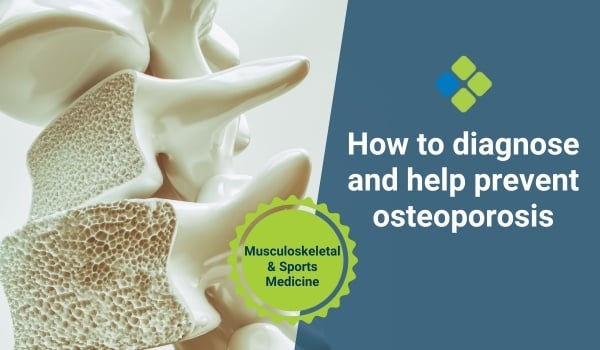Vitamin B6: How much is too much?
There has been recent media coverage on the risks of excessive vitamin B6 consumption. Read more about the risks associated with vitamin B6 toxicity.

HealthCert Education
Vitamin B6 is an essential nutrient that plays a key role in protein metabolism, neurotransmitter function, and red blood cell production. It is commonly found in many multivitamin and mineral supplements, and with the rise in popularity of wellness trends, many patients may unknowingly be consuming excessive amounts.
Recently, there has been increasing media coverage (including a warning issued by the Royal College of Pathologists of Australasia) which highlighted the risks of excessive vitamin B6 consumption.
As healthcare providers, it is important to be aware of the risks associated with vitamin B6 toxicity, especially with the increasing use of over-the-counter supplements.
In 2022, the Therapeutic Goods Administration (TGA) in Australia introduced a significant change to its regulation of vitamin B6 in supplements. Previously, supplements containing daily doses of vitamin B6 over 50mg required a warning label. However, the new ruling mandates that any product containing doses over 10mg of vitamin B6 must now display a warning label.
Peripheral neuropathy risk
Excessive intake of vitamin B6 can lead to adverse health effects. Peripheral neuropathy is the most concerning symptom of excessive vitamin B6 intake which presents as tingling, numbness, and pain in the hands and feet [1,2].
If patients are taking multiple supplements that contain vitamin B6, they may unknowingly exceed the safe threshold. For reference, the recommended dietary intake in Australia for vitamin B6 is 1.3-1.7mg for adults, and the upper level of intake is 50mg [3].
Given the high prevalence of supplement use, especially in patients seeking to improve their overall wellness, healthcare providers need to be proactive in educating patients about the potential risks associated with high-dose vitamin B6 supplementation and recognising when they may may be exceeding these limits.
Dietary sources of vitamin B6
Vitamin B6 can be found in various foods, including:
- Poultry, fish, and pork
- Organ meats
- Whole grains and fortified cereals
- Starchy vegetables like potatoes
- Non-citrus fruits, such as bananas
- Legumes, such as chickpeas and lentils
The best approach to meeting vitamin B6 requirements is through a balanced diet that includes a variety of these foods, and most people can easily meet their requirements through diet alone.
Takeaways
With the rise in vitamin supplementation, it is important for healthcare providers to be proactive in educating patients about the potential dangers of overconsumption, especially of nutrients like vitamin B6.
GPs can help by educating patients about the importance of reading supplement labels, understanding nutrient interactions, and ultimately following a food-first approach with a balanced diet to meet their needs. This way, patients can achieve better health outcomes without the unintended consequences of excessive supplement intake.
– Sarah Marko, Accredited Practising Dietitian
Learn more with HealthCert's online courses in Clinical Nutrition.
Read another article in Clinical Nutrition.
|
|
|
References
1. Royal College of Pathologists of Australasia. (2023). Vitamin B6 toxicity: The increasing risk of peripheral neuropathy.
2. Hadtstein F, Vrolijk M. Vitamin B-6-Induced Neuropathy: Exploring the Mechanisms of Pyridoxine Toxicity. Adv Nutr. 2021 Oct 1;12(5):1911-1929. doi: 10.1093/advances/nmab033. PMID: 33912895; PMCID: PMC8483950.
3. National Health and Medical Research Council. (2006). Nutrient Reference Values for Australia and New Zealand, including Recommended Dietary Intakes.

 1800 867 1390
1800 867 1390
 How to claim your CPD hours
How to claim your CPD hours





